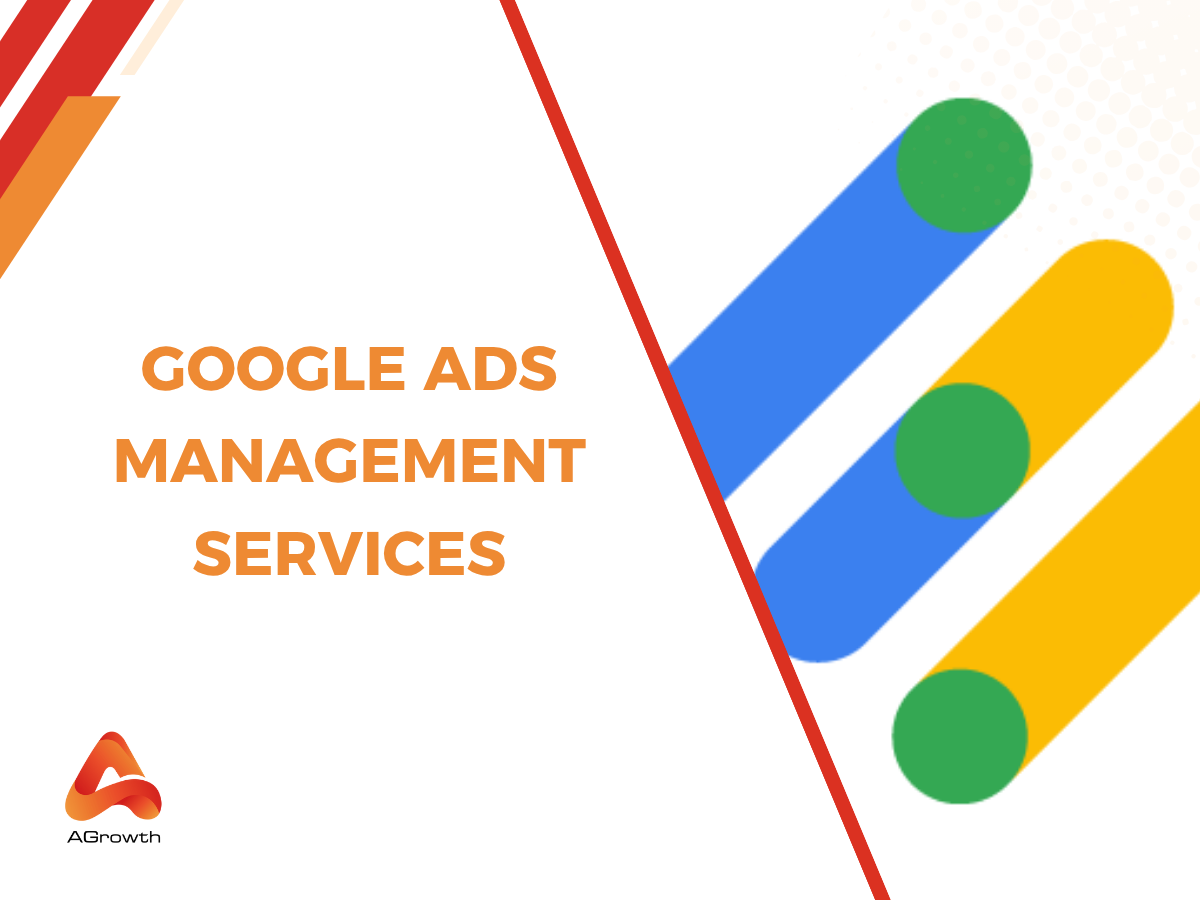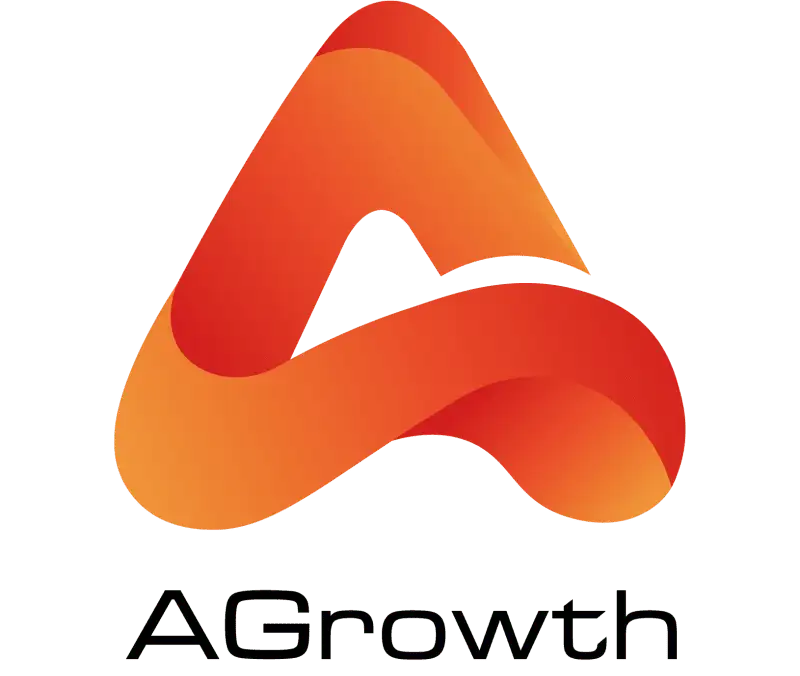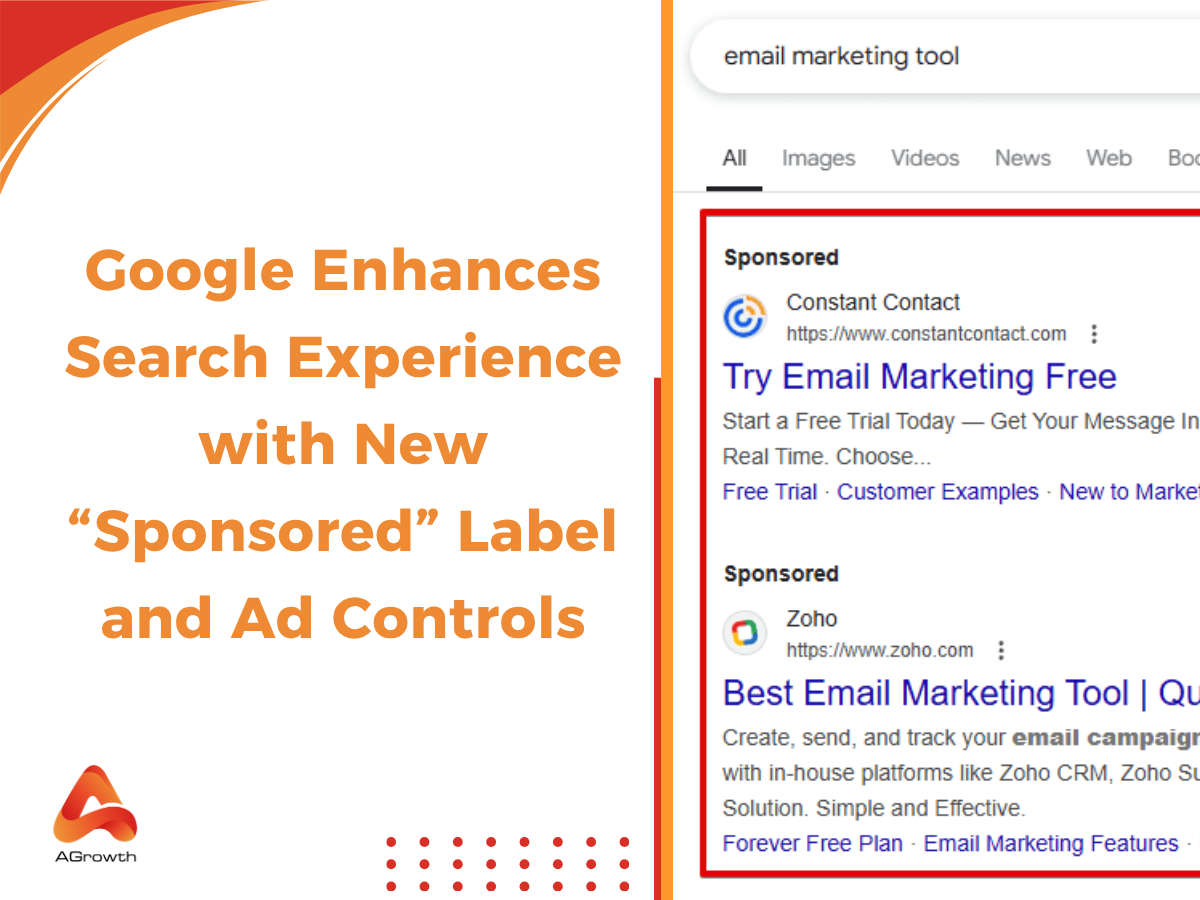
Table of Contents
Google Ads Management: Pro-Level Strategies for Scaling Your Campaigns
For experienced advertisers navigating the ever-evolving Google Ads landscape, campaign setup is just the beginning. Real success lies in how campaigns are managed over time—how budgets are optimized, creatives tested, audiences segmented, and data leveraged to fuel smarter decisions.
In niche industries where margins are thin and clicks are expensive, effective Google Ads management becomes the difference between break-even and exponential ROI. This guide is built for advertisers who already know the basics and are ready to scale.
What is Google Ads Management - Beyond the Basic
Google Ads management isn’t just about creating campaigns and letting them run—it’s a dynamic, data-driven discipline focused on maximizing return on ad spend (ROAS) through continuous optimization. For experienced advertisers, true management means designing a strategy around business KPIs, iterating ad elements based on real-time performance, and tightly aligning landing pages to user intent. It's not about spending more—it's about managing smarter.
Core Components of High-Level Google Ads Management
1. Account Structure Strategy
A strong Google Ads campaign structure lays the foundation for performance. For niche industries, you may need:
-
Single Keyword Ad Groups (SKAGs): Ideal for tightly themed ad groups
-
Theme-Based Campaigns: Useful for scaling across products/services
-
Granular Ad Grouping: Helps improve Quality Score and relevance
Choosing the right structure depends on your campaign goals, funnel stage, and available data.
2. Keyword Strategy for Niche Verticals
In competitive niches, keyword selection must be intentional:
-
Use long-tail keywords for better intent and lower CPC
-
Conduct negative keyword mining weekly
-
Analyze search term reports to detect trends
-
Prioritize buyer-intent terms over high-traffic generic terms
Advanced advertisers use tools like Keyword Planner, Ahrefs, and custom scripts to maintain keyword hygiene.
3. Creative & Copy Testing
Even in search ads, copy significantly impacts CTR and conversion. Best practices include:
-
Testing 3–5 ad variations per group
-
Using dynamic keyword insertion carefully
-
Tailoring copy to match search intent
-
Implementing emotional triggers + urgency (e.g., limited offer)
Performance creatives are often overlooked in technical niches—stand out with copy that speaks the language of your audience.
4. Bidding Strategies & Budget Allocation
Google offers several automated bidding strategies, but they’re not one-size-fits-all:
-
Maximize Conversions: Good for early-stage campaigns
-
Target CPA: Best for stable conversion data
-
Target ROAS: Ideal for eCommerce or mature accounts
Manual bidding can still outperform automation when paired with strong campaign segmentation and bid adjustments.
5. Conversion Tracking & Attribution
Without accurate tracking, you’re flying blind:
-
Set up conversion actions in Google Ads & Google Analytics
-
Use Google Tag Manager for clean tag implementation
-
Leverage Enhanced Conversions and offline import for lead quality
-
Use data-driven attribution (DDA) if eligible for better insights
Many niche advertisers find success by building custom attribution models using tools like Looker Studio.
6. Landing Page Optimization
Ads can’t succeed if the landing page doesn’t convert:
-
Ensure fast loading speed (under 3s)
-
Align content with ad promise (message match)
-
Use clear CTAs above the fold
-
Add trust elements (testimonials, guarantees, awards)
For advanced teams, A/B testing with tools like Unbounce, VWO, or Google Optimize can dramatically improve ROAS.

How to Manage Your Google Ads Account Like a Pro
Whether you're running campaigns through your own Google Ads account or a rented one, smart management makes the difference between wasting budget and scaling profitably. Here’s how to handle your Google Ads account like a seasoned media buyer:
1. Define Clear and Measurable Goals
Before launching any campaign, outline what success looks like. Are you optimizing for purchases, lead forms, phone calls, or app installs? Set specific goals and assign conversion tracking accordingly using the Google Ads conversion tag or Google Analytics 4.
2. Structure Campaigns Strategically
Avoid messy campaign setups. Instead:
-
Group similar keywords into tightly themed ad groups (SKAGs or small ad clusters)
-
Segment campaigns by funnel stage, geo, or device when relevant
-
Use naming conventions for easier reporting and A/B testing
A clean structure allows for better budget allocation and clearer performance insights.
3. Leverage Automated Rules and Smart Bidding
Google Ads offers powerful automation features—if you use them wisely:
-
Set automated rules to pause low-performing ads or increase bids on high converters
-
Use Smart Bidding strategies like Target ROAS or Maximize Conversions for scalable optimization
-
Combine automation with manual checks to stay in control
4. Optimize Based on Data, Not Assumptions
Success comes from analyzing actual performance metrics:
-
Review search term reports to add negative keywords and cut wasted spend
-
Monitor click-through rate (CTR), conversion rate, and cost-per-conversion
-
Use experiments to test changes without risking your current performance
5. Focus on Ad Relevance and Quality Score
Improving Quality Score not only boosts performance but also reduces CPCs. You can do this by:
-
Matching keywords to ad copy with strong relevance
-
Writing clear, benefit-driven headlines and descriptions
-
Ensuring the landing page aligns with ad intent and loads quickly
6. Test Creatives Continuously
Don’t settle for one version of your ad. Always test:
-
Headlines (urgency vs benefit-driven)
-
Calls to action (e.g., “Buy Now” vs “See Plans”)
-
Descriptions and display paths
-
Different responsive ad combinations and static creatives
Small copy or creative tweaks can lead to massive uplifts in CTR and conversions.
7. Set a Regular Optimization Schedule
Treat your Google Ads account like a high-performing machine that needs regular tuning:
-
Weekly: Pause underperformers, adjust bids, and analyze top campaigns
-
Biweekly: Rotate new ads and review keyword expansion
-
Monthly: Audit the account, restructure where needed, and review ROAS trends
Consistent optimization for Google Ads helps you stay ahead of algorithm shifts and market changes.
Should You Rent a Google Agency Account For Managing Ads?
Even with the most advanced Google Ads management strategies in place, your campaign’s success can still be limited by the quality and trust level of your ad account. For advertisers operating in sensitive verticals or scaling aggressively, renting a pre-approved, high-trust Google Ads account can be the missing piece that unlocks better delivery, higher spend thresholds, and faster approval rates. That’s why it’s advisable to rent a Google ads account to manage your ads safely.
1. Instant Access to Warmed-Up Accounts
New Google Ads accounts typically go through a learning phase and are subject to stricter ad reviews. Rented accounts from verified providers are already seasoned, have a positive performance history, and are less likely to face immediate disapproval.
2. Higher Spending Limits
Rented accounts often come with higher daily or monthly spend thresholds, giving advertisers more room to test and scale quickly without being constrained by budget caps.
3. Reduced Risk of Suspension
Accounts with a long and stable history are less likely to get flagged or banned. This is especially critical for sensitive or borderline-niche campaigns (e.g., supplements, finance, crypto).
4. Cost-Effective for Scaling
Compared to the time, effort, and resources required to build a compliant and high-quality account from scratch, renting is a faster and often more affordable alternative, particularly for short-term or high-risk campaigns.

Key Factors to Consider When Renting a Google Ads Account
1. Account Quality and History
-
Spend Volume: Accounts with high historical ad spend typically signal stronger credibility.
-
Approval Rate: Low disapproval or suspension history is a positive indicator.
-
Niche Compatibility: Ensure the account has previously run ads in your vertical.
2. Billing Model
-
Prepaid Model: You deposit the budget upfront, and the provider handles billing.
-
Threshold Model: Account runs on Google’s postpaid system, requiring solid account trust.
-
Monthly Invoicing: Typically reserved for high-tier accounts.
3. Type of Account
-
MCC (My Client Center): Offers centralized access to multiple ad accounts under one master account. Easier to manage and monitor.
-
Individual Accounts: Standalone accounts can be more suitable for isolated or single-campaign setups.
4. Support & Communication
-
Real-Time Channels: Ensure the provider offers Telegram, Slack, or similar support for fast responses.
-
Onboarding Process: A smooth, step-by-step process with walkthroughs and documentation is a must.
Our Google Ads Account Renting At AGrowth?
For advertisers operating in high-risk niches or scaling aggressively, managing your campaigns through a standard account often results in unnecessary delays, disapprovals, or account bans. That’s where AGrowth comes in—with access to premium Google Ads agency accounts, we provide a streamlined way to bypass early-stage ad account limitations and focus on performance from day one.
Who Is Our Service For?
Our rental accounts are not for beginners. They’re tailored for performance advertisers, affiliate marketers, or agencies with a proven media buying workflow who want to skip the sandbox phase and scale faster in niches like:
-
Nutra & supplements
-
Trading & crypto
-
Financial lead generation
-
Dating & sweepstakes
-
Local lead gen with aggressive bidding
If you're tired of working around policy limitations or repeatedly getting accounts banned, AGrowth provides the infrastructure to help you focus on results, not compliance stress.
Why Should You Choose AGrowth
Advanced Account Infrastructure
AGrowth offers access to warm, agency-level Google Ads accounts with strong history, solid trust scores, and higher spending thresholds. These accounts are ideal for experienced advertisers who want to:
-
Launch and test campaigns faster without facing daily spending caps.
-
Operate in niches commonly flagged by Google’s automated review system.
-
Avoid the instability of newly created personal ad accounts
Transparent Setup and Support
Our onboarding process is fast and clear—clients receive an MCC-based account or direct access, depending on the campaign strategy. Billing can be done via prepaid top-up, high-threshold auto-pay, or monthly invoicing, with flexibility tailored to your budget and vertical.
Every account includes:
-
Real-time support
-
Pre-warmed spend history
-
Low disapproval rate across verticals
-
Option to rotate or swap accounts if performance is compromised
Transparent Pricing
-
White & Grey Hat Campaigns: Starting at 3% of total top-ups
-
Black Hat Campaigns: Starting at 5% of total top-ups
This pricing structure is designed to match the level of risk and compliance requirements associated with your advertising strategy. It also includes added services, such as free account replacements or partial refunds in qualifying situations, giving you more control and flexibility.
-
Exclusive Offer
Start today and receive up to $348 in Google Ads promotional credits when using our verified account rental service. It's the ideal launchpad for businesses looking to scale fast with minimal friction.
Final Thoughts
Running Google Ads effectively requires a mix of technical know-how, creative thinking, and strategic analysis. If you’re spending hundreds or thousands each month on ads, even small inefficiencies can hurt your ROI.
By working with a trusted Google Ads management partner like AGrowth, you gain access to expertise, tools, and account infrastructure that’s often unavailable to in-house teams or beginners.
Ready to get better results from your Google Ads campaigns?
👉 Contact AGrowth to learn how we can support your advertising goals with expert-managed solutions and verified ad accounts.
You may also like:









Your comment